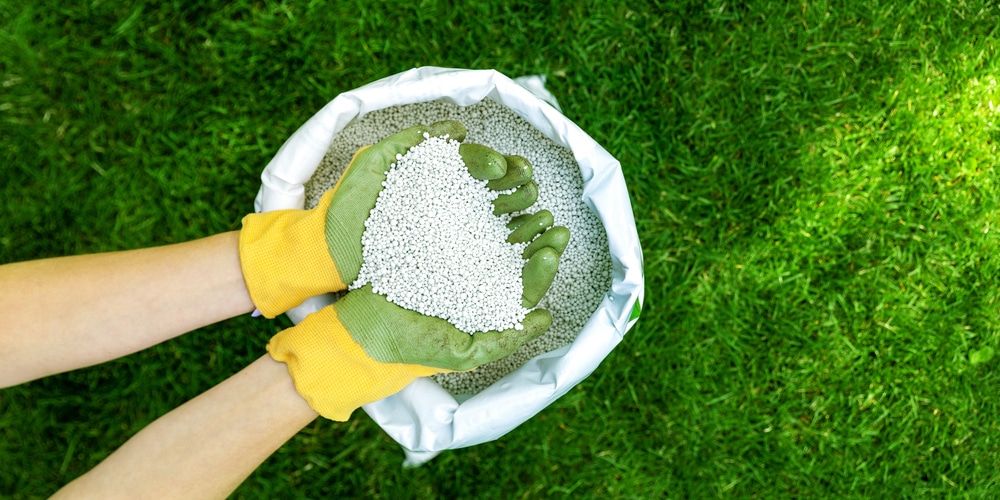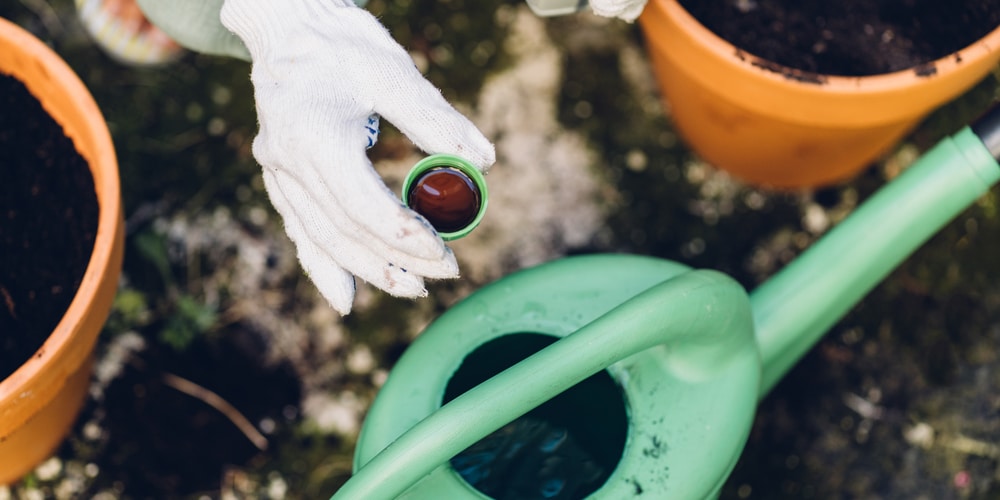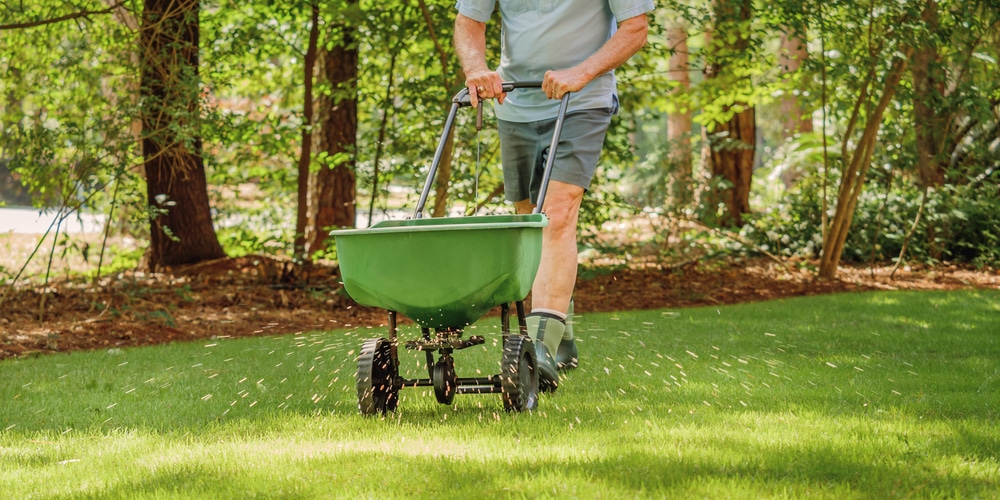Have you ever wondered what the numbers on a fertilizer bag represent? If you’ve ever felt confused when browsing the gardening aisle, don’t worry- you’re not alone. The three numbers on a fertilizer bag are known as the NPK ratio. They each represent a different essential element that your plants need to grow.
The first number represents nitrogen, an important component of chlorophyll, which helps plants to produce a healthy green color. Nitrogen is also essential for plant growth and photosynthesis.
The second number represents phosphorus, which helps to promote root growth and flowering. Phosphorus is also essential for plant metabolism.
And lastly, the third number represents potassium, which helps to regulate water uptake and promotes overall plant health.
So, in this case, 24-0-11 fertilizer means that it contains 24% nitrogen, less than 0% phosphorus, and 11% potassium. Notice that the percentage doesn’t add up to 100%? This is because the rest of the fertilizer is made up of filler materials like sand or clay.
What Plants to use 24-0-11 Fertilizer On?
This kind of fertilizer is ideal for leafy plants that don’t bloom that much. Because it has a high nitrogen content, it will promote green growth. It’s also a good choice for starting seedlings or young plants, as the extra potassium content will help develop overall plant health.
The absence of phosphorus in this fertilizer means that it’s not the best choice for fruiting or flowering plants, as phosphorus is essential for Fruit and flower production. It’s best to avoid using it on these kinds of plants, as they may become stunted or produce fewer fruits and flowers than usual.
The fertilizer is most commonly used on turfgrass. Turfgrasses need high amounts of nitrogen to maintain their deep green color, so 24-0-11 fertilizer is a popular choice. The potassium in the fertilizer will also help to regulate water uptake, preventing the turf from becoming stressed during periods of drought.
Other types of plants that will benefit from this kind of fertilizer include:
- Leafy Vegetables
- Ornamentals
- Trees
- Shrubs
When to Use 24-0-11 Fertilizer
This fertilizer can be applied at any time during the growing season. However, applying it in the spring is especially beneficial when plants are just starting to grow. You can also use it as a reactionary fertilizer, meaning you apply it in response to a problem like yellowing leaves or stunted growth.
How to Apply 24-0-11 Fertilizer
This fertilizer can be applied in a number of ways, depending on the type of plants you’re using it on.
You can use a spreader or apply it by hand for turfgrass. If you’re using a spreader, make sure to calibrate it beforehand so that you don’t apply too much or too little fertilizer. You can also apply this fertilizer by hand.
For ornamentals, trees, shrubs, and leafy vegetables, you can apply fertilizer around the base of the plant. Make sure not to get any on the leaves or stems, as this can damage the plant, especially with its high nitrogen content.
Applying fertilizer is not a one-and-done deal. In order to maintain healthy growth, you’ll need to reapply every 4-6 weeks during the growing season. You can also fertilize more frequently if you notice that your plants are not growing as quickly as you’d like or if they start to show signs of nutrient deficiency.
This will ensure that your plants are getting the nutrients they need to grow and stay healthy.
As with all fertilizers, make sure to read the instructions on the label carefully before applying. This will help you to avoid damaging your plants and ensure that they get the nutrients they need to grow strong and healthy.
24 0 11 Fertilizer: Final Thoughts
24 0 11 fertilizer is a great choice for leafy plants that don’t bloom that much. Because it has a high nitrogen content, this fertilizer focuses on promoting green growth.
It’s also a good choice for starting seedlings or young plants, as the extra potassium content will help develop overall plant health.
Turfgrass is one of the most common types of plants that will benefit from this fertilizer. Other plants include leafy vegetables, ornamentals, trees, and shrubs. You can apply this fertilizer at any time during the growing season. Still, applying it in the spring is especially beneficial when plants are just starting to grow.
Related Article: 20 10 20 Fertilizer


